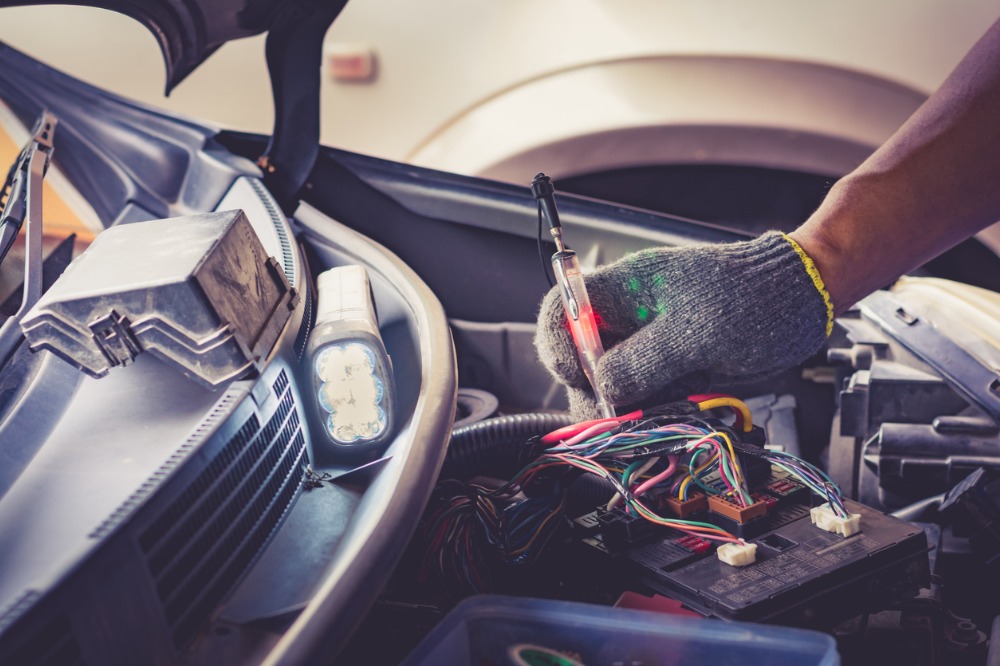Trained repair professionals a big problem for EV automobiles

Trained repair professionals a big problem for EV automobiles | Insurance Business Canada
Motor & Fleet
Trained repair professionals a big problem for EV automobiles
There is a fundamental lack of regulation, it is suggested
Motor & Fleet
By
David Saric
With EV battery-powered automobiles set to dominate the Canadian auto market by 2035, concerns regarding repairing these vehicles in the event of a collision has become a vital talking point.
For car mechanics across the country an influx of electric vehicles on the roads will bring about a “fundamental change in how our shops will operate in space requirements, tooling and training requirements,” said national director for NAPA/UAP, Martyn Johns.
During an EV collision repair conference, which saw leaders in the industry reflect on the challenges and opportunities that lie ahead of this burgeoning economy, Johns expanded on what risk factors need to be top of mind, the biggest being maintenance preparedness.
“You don’t actually need any of education to work on a high voltage system”
According to Canadian auto sales projections, per CTV News, one-fifth of all passenger cars, SUVs and trucks sold nationwide will have to run on EV batteries by 2026. That figure moves to 60% by 2030 and 100% by 2035.
That means within three years, 20% of auto fleets on showroom floors and lots will look a lot different than they do today.
On the repair side, considered an after-market sales service, insurers have already pointed out that easily fixable batteries, alongside greater access to battery data, will be key to helping curb rising premiums for EV vehicles.
In addition, a lack of regulation around servicing vehicles is a problem that can have broad implications beyond premium hikes.
“Canada has absolutely zero requirements for an electric vehicle or a technician to understand anything about electric vehicles to work on it,” Johns said.
“You don’t actually need any of education to work on a high voltage system. You want to touch the red orange wires, you go right ahead, you don’t actually have to have any knowledge of it.”
This can create a large liability predicament, as an uptick in repair services to meet demand can create more instances of unqualified personnel sustaining injuries that could be life-threatening.
“[Only around] 5% of our shops have any knowledge to work on electric vehicles or feel that they can,” Johns noted, showing that, as it stands, most repairers are not equipped for a boom in business.
Ultimately, overcoming the challenge surrounding knowledge and insight will have to be done collaboratively.
“No one facility, no one network and no one company is going to be able to solve these issues,” Johns said.
Tapping into thought leadership from various different resources to create solutions that will keep the health and safety of workers in mind, while performing an essential public service, is the only way to create a sustainable path forward.
Related Stories
Keep up with the latest news and events
Join our mailing list, it’s free!






